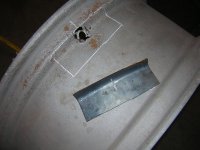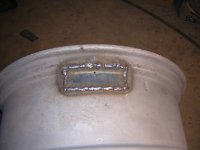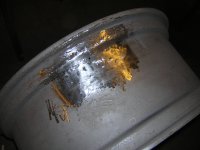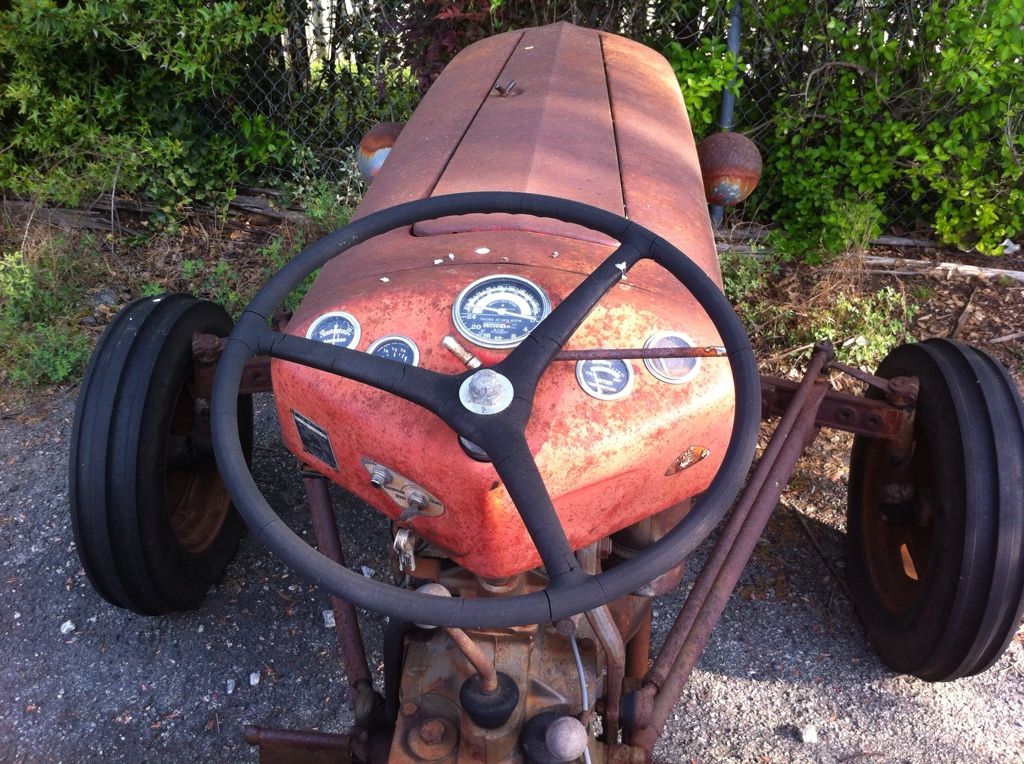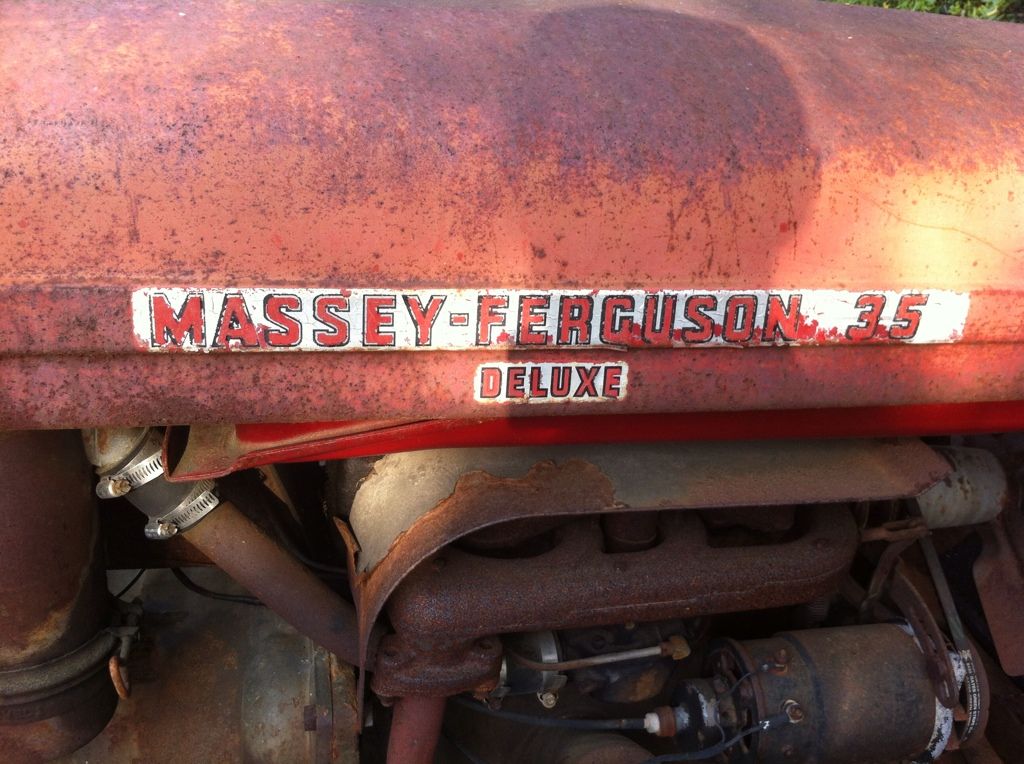I've managed to make some progress while tinkering with the Massey 135 to begin getting it back into shape. I say tinkering because that's all I'm really doing for now because I plan to eventually do a full restoration so doing too much right now would likely be a waste of money.
So far, I've taken all of the front sheetmetal off so I can begin to straighten it out and have easier access to the engine as I work on it. I also removed the rear fender with the heavily dented/mangled corner and have come a long way towards hammering it back into shape. Getting the rusted screws and bolts out was a challenge, but I managed without too much difficulty, except for one of the retaining bolts that held the rear fender mount in place, which was stuck and required some persuasion to get out of the hole so I could remove the fender.
It was long past time for an oil change so I replaced the old oil with 6 quarts of Valvoline SAE 10w40 along with a new oil filter. The old oil, aside from needing changed, showed no signs of moisture or other contaminates so it looks like the engine is ok, aside from needing the valves adjusted, and a new set of valve seals... for now.
Speaking of the engine, it smokes (light blue oil smoke) on startup and idle until it gets hot, so I'm planning to change the valve seals while I have the valve cover off to adjust the valves. Granted, the oil control rings could also be stuck from carbon buildup, but I'm hoping that valve seals takes care of most of the oil smoke until I tear it down for a rebuild during the restoration.
The shop manual hasn't arrived yet but in the mean time, does anyone have any experience with adjusting the valves and/or changing the valve seals in a Continental Z-145 engine? I hear the Z-134 uses the same heads so it should be applicable as well.
